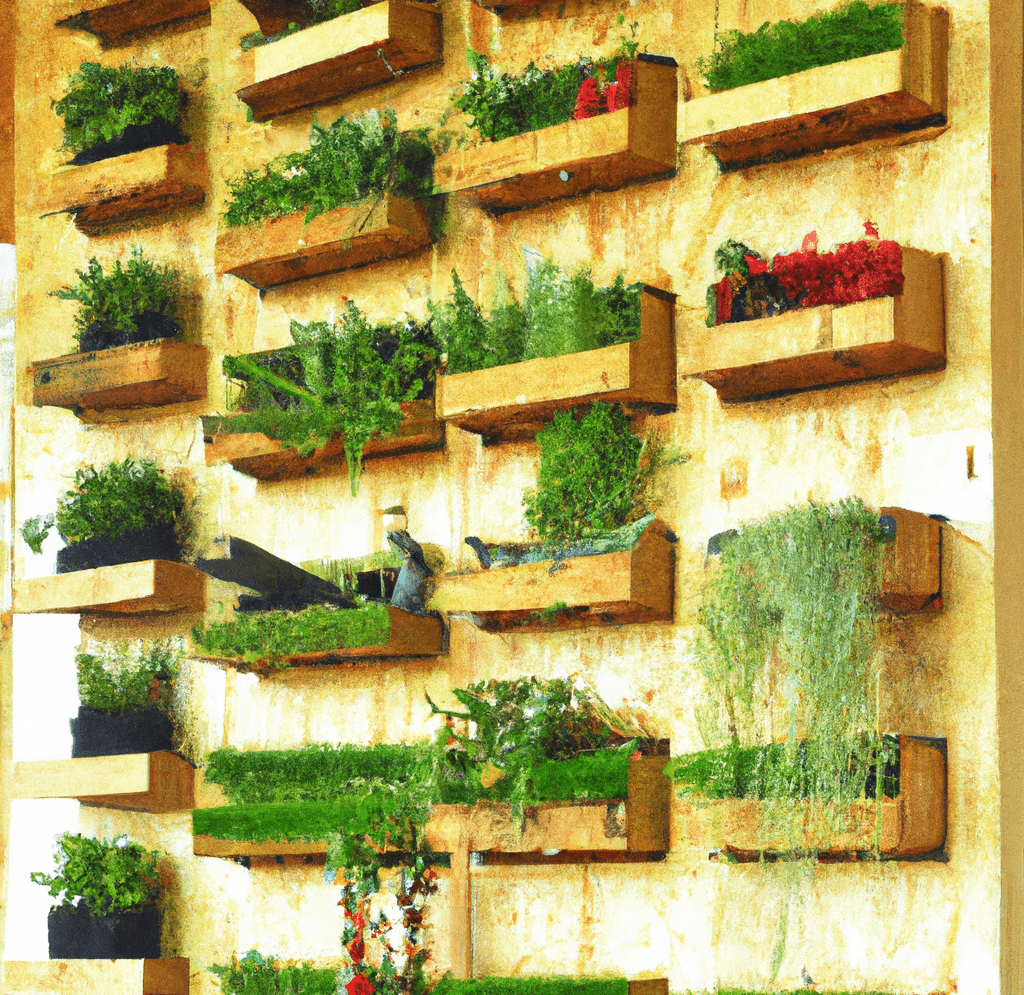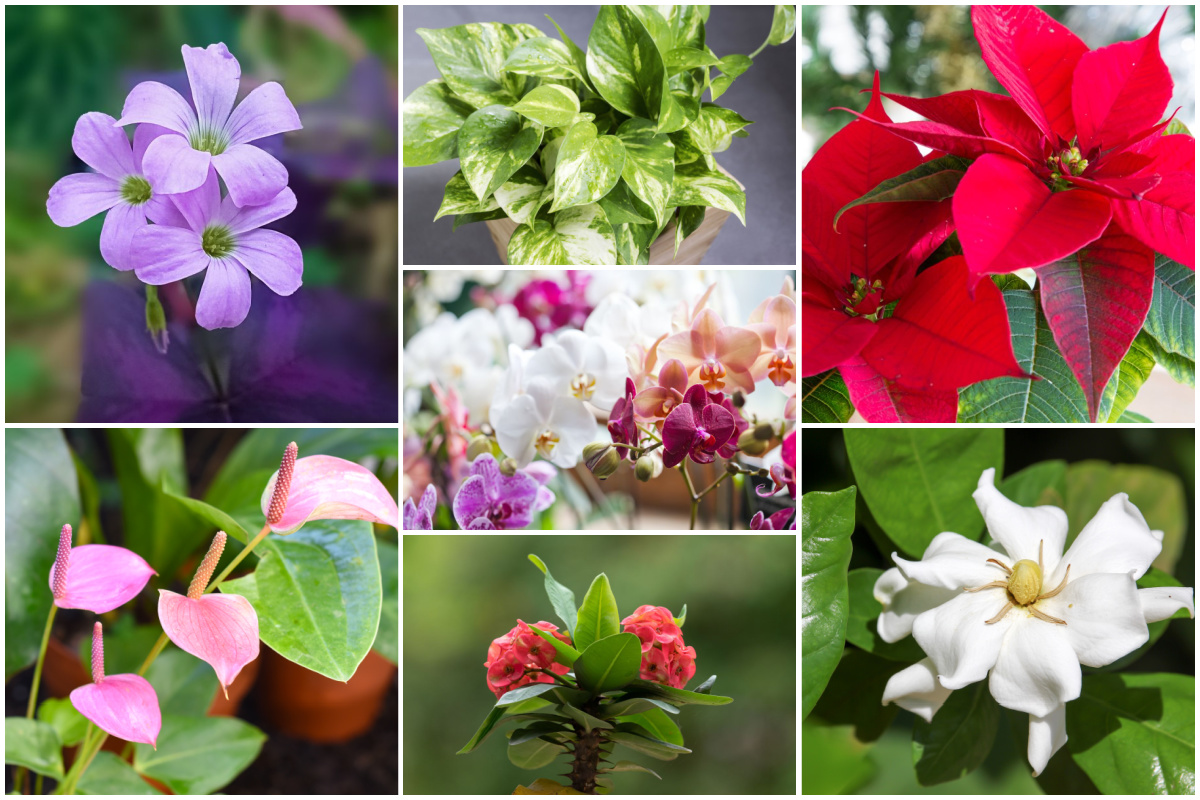How to Choose the Best Vertical Garden Plants for Beginners

Are you dreaming of transforming your urban space into a lush, green oasis? Vertical gardening might just be the perfect solution for you. Imagine turning a bare wall into a vibrant tapestry of foliage and flowers. But where do you start? Choosing the best vertical garden plants for beginners can seem daunting, but with the right guidance, you can create a thriving vertical garden that will be the envy of your neighbors. Let's dive in and explore the world of vertical gardening!
Understanding Vertical Gardening
Vertical gardening is a technique that allows you to grow plants upwards, utilizing walls, fences, or other vertical structures. This method is ideal for urban garden ideas, as it maximizes space and adds a touch of nature to otherwise concrete jungles. But before you start, it's crucial to understand the basics of vertical gardening tips and the best plants for beginners.
Why Choose Vertical Gardening?
Vertical gardening offers numerous benefits:
- Space Efficiency: Perfect for small apartments or urban homes with limited space.
- Aesthetic Appeal: Transforms dull walls into living art.
- Environmental Benefits: Improves air quality and provides insulation.
- Easy Maintenance: Many vertical garden plants are easy-to-grow and require minimal care.
Choosing the Best Vertical Garden Plants for Beginners
When selecting plants for your vertical garden, consider factors like light requirements, water needs, and growth habits. Here are some beginner-friendly plants that are perfect for vertical gardening:
Easy-to-Grow Plants
1. Pothos (Epipremnum aureum)
Pothos is one of the most popular easy-to-grow plants for vertical gardens. Its trailing vines and heart-shaped leaves make it a beautiful addition to any wall. Pothos thrives in low light and requires minimal watering, making it ideal for beginners.
2. English Ivy (Hedera helix)
English ivy is another excellent choice for vertical gardens. Its dense, evergreen foliage provides a lush cover for walls and fences. It prefers partial shade and well-drained soil, making it a low-maintenance option.
3. Boston Fern (Nephrolepis exaltata)
Boston ferns are known for their elegant, feathery fronds. They prefer bright, indirect light and consistent moisture. While they require a bit more care than pothos or ivy, their stunning appearance makes them worth the effort.
Vertical Gardening Tips for Beginners
1. Select the Right Location
Choose a spot that gets the right amount of light for your plants. Most vertical garden plants prefer partial shade to full sun. Ensure the location is accessible for watering and maintenance.
2. Use Appropriate Containers
Select containers that are suitable for vertical gardening. Pocket planters, wall-mounted pots, and trellises are popular choices. Make sure the containers have good drainage to prevent root rot.
3. Provide Adequate Support
Many vertical garden plants need support to climb. Use trellises, wires, or mesh to help your plants grow upwards. Ensure the support structure is sturdy and can hold the weight of the plants as they mature.
4. Water and Fertilize Regularly
Vertical gardens require consistent watering and fertilization. Use a watering can with a narrow spout to reach all parts of the garden. Apply a balanced fertilizer every few weeks to keep your plants healthy.
5. Monitor for Pests and Diseases
Regularly inspect your vertical garden for signs of pests and diseases. Early detection can prevent major issues. Use organic pesticides and fungicides to treat any problems that arise.
Plant Care for Beginners
Caring for your vertical garden doesn't have to be complicated. Here are some tips to keep your plants thriving:
Light Requirements
Most vertical garden plants prefer bright, indirect light. Avoid placing your garden in direct sunlight, as this can scorch the leaves. If your garden is indoors, choose a location near a window that gets plenty of natural light.
Watering Techniques
Water your vertical garden thoroughly, allowing the water to drain completely. Ensure the soil is evenly moist but not waterlogged. Overwatering can lead to root rot, while underwatering can cause the plants to wilt.
Fertilization
Use a balanced, water-soluble fertilizer to provide essential nutrients to your plants. Apply the fertilizer every 4-6 weeks during the growing season. Follow the instructions on the package to avoid overfertilization.
Pruning and Maintenance
Regularly prune your vertical garden plants to encourage bushy growth and remove any dead or damaged leaves. This will also help maintain the shape and size of your garden.
Urban Garden Ideas
Vertical gardening is a fantastic way to bring nature into urban spaces. Here are some creative urban garden ideas to inspire you:
Living Walls
Create a living wall by installing a vertical garden system on an exterior or interior wall. Living walls can be made from various materials, including felt pockets, plastic trays, or modular panels.
Trellis Gardens
Use trellises to support climbing plants like ivy, jasmine, or clematis. Trellises can be freestanding or attached to walls, providing a beautiful focal point in your garden.
Hanging Gardens
Hang pocket planters or wall-mounted pots to create a vertical garden. This method is perfect for small spaces and can be easily customized to fit your style.
Conclusion
Choosing the best vertical garden plants for beginners doesn't have to be overwhelming. With the right knowledge and a bit of creativity, you can transform any space into a lush, green oasis. Remember to select easy-to-grow plants, provide adequate support, and follow proper plant care techniques. Your vertical garden will not only enhance the aesthetics of your space but also provide numerous environmental benefits.
So, are you ready to embark on your vertical gardening journey? Start with these tips and watch your garden flourish. Happy gardening!
FAQs
What are the best plants for a vertical garden in low light?
- Pothos, English ivy, and Boston ferns are excellent choices for low-light vertical gardens. They thrive in partial shade and require minimal care.
How often should I water my vertical garden?
- Water your vertical garden thoroughly once or twice a week, depending on the weather and soil moisture. Ensure the soil is evenly moist but not waterlogged.
Can I grow vegetables in a vertical garden?
- Yes, you can grow vegetables like lettuce, spinach, and herbs in a vertical garden. Choose compact varieties that are suitable for container gardening.
How do I prevent pests in my vertical garden?
- Regularly inspect your garden for signs of pests. Use organic pesticides and insecticidal soaps to treat any infestations. Maintain good air circulation to prevent fungal diseases.
What is the best way to support climbing plants in a vertical garden?
- Use sturdy trellises, wires, or mesh to support climbing plants. Ensure the support structure is securely attached to the wall or fence and can hold the weight of the plants as they grow.


0 Response to "How to Choose the Best Vertical Garden Plants for Beginners"
Post a Comment